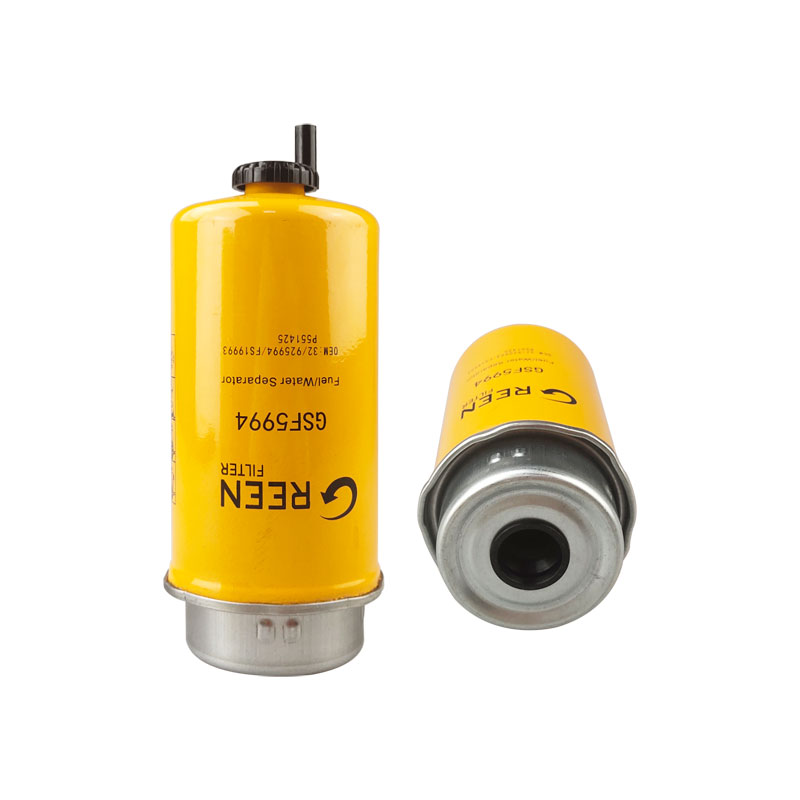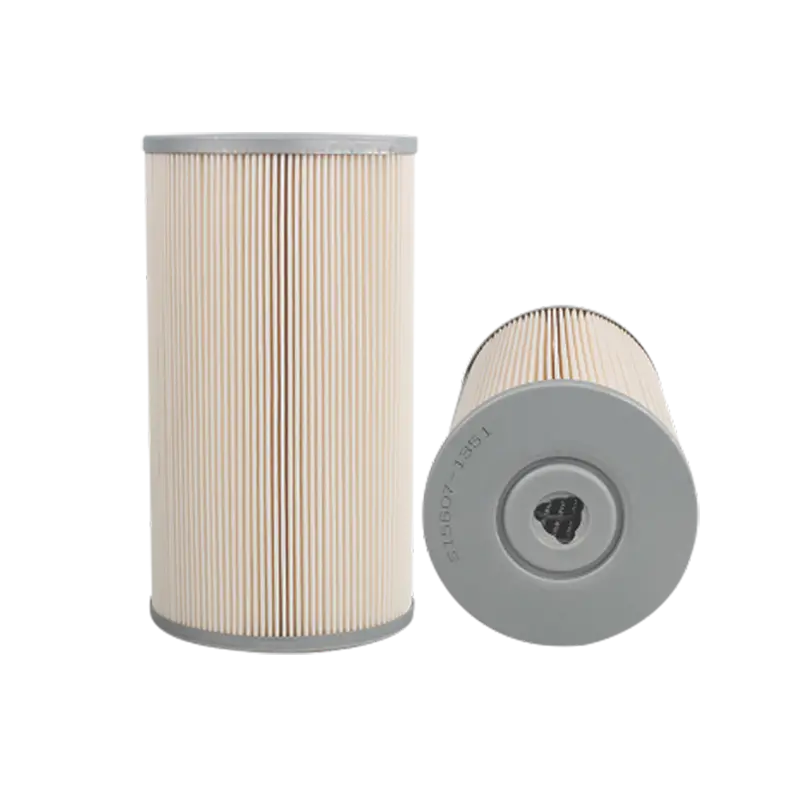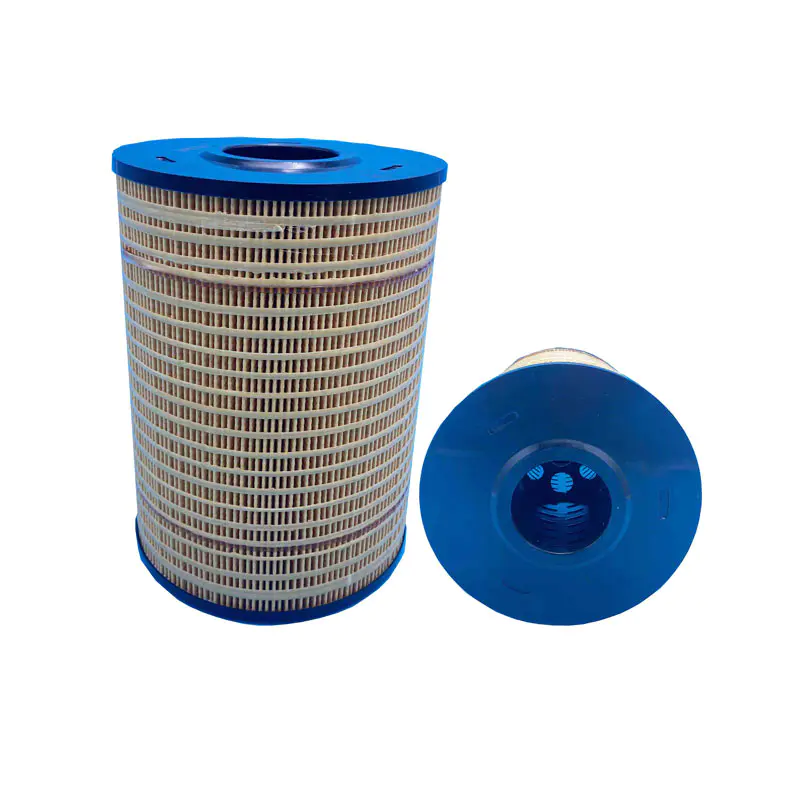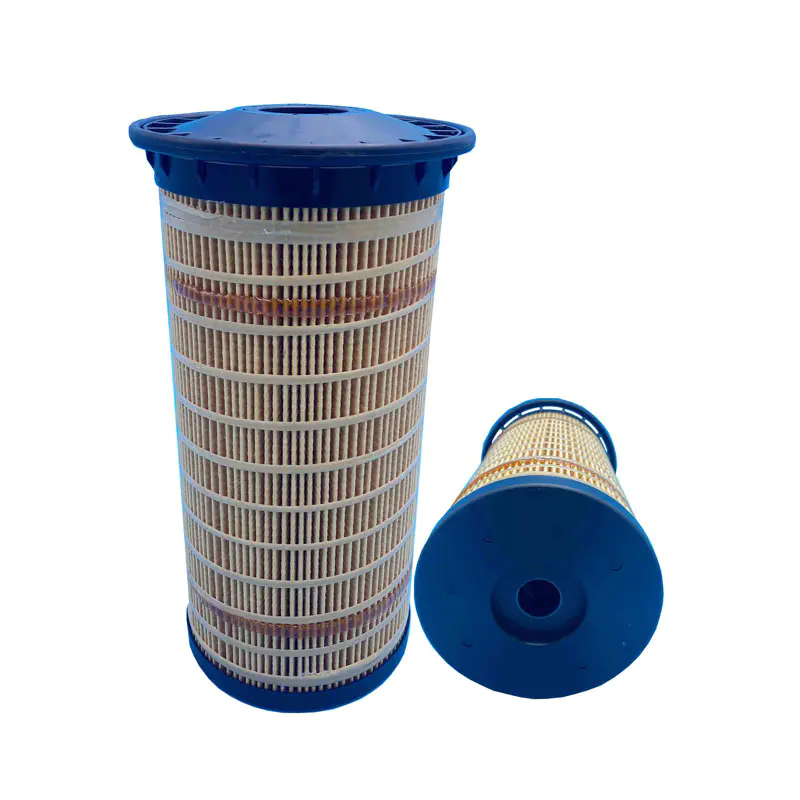 English
English Español
Español  Português
Português  русский
русский  Français
Français  日本語
日本語  Deutsch
Deutsch  tiếng Việt
tiếng Việt  Italiano
Italiano  Nederlands
Nederlands  ภาษาไทย
ภาษาไทย  Polski
Polski  한국어
한국어  Svenska
Svenska  magyar
magyar  Malay
Malay  বাংলা ভাষার
বাংলা ভাষার  Dansk
Dansk  Suomi
Suomi  हिन्दी
हिन्दी  Pilipino
Pilipino  Türkçe
Türkçe  Gaeilge
Gaeilge  العربية
العربية  Indonesia
Indonesia  Norsk
Norsk  تمل
تمل  český
český  ελληνικά
ελληνικά  український
український  Javanese
Javanese  فارسی
فارسی  தமிழ்
தமிழ்  తెలుగు
తెలుగు  नेपाली
नेपाली  Burmese
Burmese  български
български  ລາວ
ລາວ  Latine
Latine  Қазақша
Қазақша  Euskal
Euskal  Azərbaycan
Azərbaycan  Slovenský jazyk
Slovenský jazyk  Македонски
Македонски  Lietuvos
Lietuvos  Eesti Keel
Eesti Keel  Română
Română  Slovenski
Slovenski  मराठी
मराठी  Srpski језик
Srpski језик
Oil/Lube Filter
An Oil/Lube Filter is a filter designed to remove contaminants from engine oil, transmission oil, lubricating oil, or hydraulic oil. Their chief use is in internal-combustion engines for motor vehicles (both on- and off-road ), powered aircraft, railway locomotives, ships and boats, and static engines such as generators and pumps. Other vehicle hydraulic systems, such as those in automatic transmissions and power steering, are often equipped with an oil filter. Gas turbine engines, such as those on jet aircraft, also require the use of oil filters. Oil filters are used in many different types of hydraulic machinery. The oil industry itself employs filters for oil production, oil pumping, and oil recycling. Modern engine oil filters tend to be "full-flow" (inline) or "bypass".
History
The history of Oil/Lube Filter is a testament to the importance of maintaining engine cleanliness and performance. From the early days of rudimentary screens and strainers to the modern spin-on filters and advanced filtration technologies, oil filters have evolved significantly over time. As the automotive industry continues to grow and evolve, so too will the technology used to keep engines running smoothly and efficiently.
Early Developments
Early Filters: In the early days of automobile engines, there were no dedicated oil filters. Instead, simple screens or strainers were used to remove large particles from the oil. These early devices were rudimentary and often ineffective in removing finer contaminants.
Progression: As engine technology advanced, the need for more efficient oil filtration became apparent. The oil systems of early engines were gradually improved to include better filtration mechanisms.
Key Milestones
Full-Flow Filters: Full-flow oil filters, which filter all the oil flowing through the engine, emerged as a significant improvement over earlier designs. These filters were designed to remove a wider range of contaminants, improving engine performance and longevity.
Spin-On Filters: A major breakthrough came in 1954 when WIX invented the spin-on oil filter. This design revolutionized oil filter replacement, making it a quick and easy process. The spin-on filter is a self-contained unit that can be easily removed and replaced by unscrewing it from the engine block. This design has become the standard for most modern vehicles.
Technological Advancements
Materials and Design: Over time, the materials used in oil filters have improved significantly. Early filters were made of metal mesh or paper, but modern filters often use synthetic materials that offer better filtration efficiency and durability. The design of filters has also evolved, with many modern filters featuring pleated paper or synthetic media that provides greater surface area for contaminant capture.
Efficiency and Durability: Modern oil filters are designed to remove even the smallest particles from the oil, ensuring that the engine runs smoothly and efficiently. They are also built to withstand the harsh conditions inside the engine, ensuring long-lasting performance.
Industry Trends
Market Growth: The global oil filter market has been growing steadily, driven by the increasing demand for automobiles and the need for regular maintenance. As the number of vehicles on the road continues to rise, so does the demand for oil filters.
Innovation: Manufacturers are constantly innovating to improve the performance and efficiency of oil filters. This includes the development of new filtration technologies, such as nanofiber media, which can remove even smaller particles from the oil.
Environmental Concerns: With growing environmental concerns, manufacturers are also focusing on developing oil filters that are more eco-friendly. This includes the use of recyclable materials and the design of filters that can be easily disposed of or recycled.
Pressure relief valves
Most pressurized lubrication systems incorporate an overpressure relief valve to allow oil to bypass the filter if its flow restriction is excessive, to protect the engine from oil starvation. Filter bypass may occur if the filter is clogged or the oil is thickened by cold weather. The overpressure relief valve is frequently incorporated into the Fuel/Diesel Filter. Filters mounted such that oil tends to drain from them usually incorporate an anti-drainback valve to hold oil in the filter after the engine (or other lubrication system) is shut down. This is done to avoid a delay in oil pressure buildup once the system is restarted; without an anti-drainback valve, pressurized oil would have to fill the filter before travelling onward to the engine's working parts. This situation can cause premature wear of moving parts due to initial lack of oil.

Types of oil filter
Mechanical
Mechanical designs employ an element made of bulk material (such as cotton waste) or pleated Filter paper to entrap and sequester suspended contaminants. As material builds up on (or in) the filtration medium, oil flow is progressively restricted. This requires periodic replacement of the filter element (or the entire filter, if the element is not separately replaceable).
Cartridge and spin-on
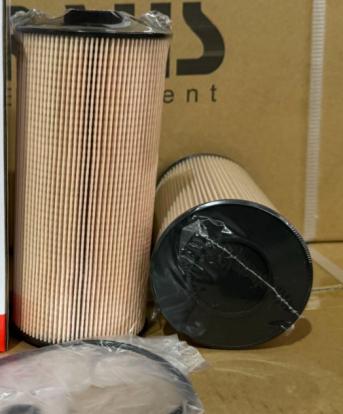 Replacement paper filter element for a JCB
Replacement paper filter element for a JCB
Early engine oil filters were of cartridge (or replaceable element) construction, in which a permanent housing contains a replaceable filter element or cartridge. The housing is mounted either directly on the engine or remotely with supply and return pipes connecting it to the engine. In the mid-1950s, the spin-on oil filter design was introduced: a self-contained housing and element assembly which was to be unscrewed from its mount, discarded, and replaced with a new one. This made filter changes more convenient and potentially less messy, and quickly came to be the dominant type of oil filter installed by the world's automakers. Conversion kits were offered for vehicles originally equipped with cartridge-type filters. In the 1990s, European and Asian automakers in particular began to shift back in favor of replaceable-element filter construction, because it generates less waste with each filter change. American automakers have likewise begun to shift to replaceable-cartridge filters, and retrofit kits to convert from spin-on to cartridge-type filters are offered for popular applications. Commercially available automotive oil filters vary in their design, materials, and construction details. Ones that are made from completely synthetic material excepting the metal drain cylinders contained within are far superior and longer lasting than the traditional cardboard/cellulose/paper type that still predominate. These variables affect the efficacy, durability, and cost of the filter.
 Motorcycle oil filters on Kawasaki W175. Old (left) and new (right).
Motorcycle oil filters on Kawasaki W175. Old (left) and new (right).
Magnetic
Magnetic filters use a permanent magnet or an electromagnet to capture ferromagnetic particles. An advantage of magnetic filtration is that maintaining the filter simply requires cleaning the particles from the surface of the magnet. Automatic transmissions in vehicles frequently have a magnet in the fluid pan to sequester magnetic particles and prolong the life of the media-type fluid filter. Some companies are manufacturing magnets that attach to the outside of an oil filter or magnetic drain plugs—first invented and offered for cars and motorcycles in the mid-1930s—to aid in capturing these metallic particles, though there is ongoing debate as to the effectiveness of such devices.
Sedimentation
A sedimentation or gravity bed filter allows contaminants heavier than oil to settle to the bottom of a container under the influence of gravity.
Centrifugal
A centrifuge oil cleaner is a rotary sedimentation device using centrifugal force rather than gravity to separate contaminants from the oil, in the same manner as any other centrifuge. Pressurized oil enters the center of the housing and passes into a drum rotor free to spin on a bearing and seal. The rotor has two jet nozzles arranged to direct a stream of oil at the inner housing to rotate the drum. The oil then slides to the bottom of the housing wall, leaving particulate oil contaminants stuck to the housing walls. The housing must periodically be cleaned, or the particles will accumulate to such a thickness as to stop the drum rotating. In this condition, unfiltered oil will be recirculated. Advantages of the centrifuge are: (i) that the cleaned oil may separate from any water which, being heavier than oil, settles at the bottom and can be drained off (provided any water has not emulsified with the oil); and (ii) they are much less likely to become blocked than a conventional filter. If the oil pressure is insufficient to spin the centrifuge, it may instead by driven mechanically or electrically.
Note: some spin-off filters are described as centrifugal but they are not true centrifuges; rather, the oil is directed in such a way that there is a centrifugal swirl that helps contaminants stick to the outside of the filter.
High efficiency (HE)
High efficiency oil filters are a type of bypass filter that are claimed to allow extended oil drain intervals. HE oil filters typically have pore sizes of 3 micrometres, which studies have shown reduce engine wear. Some fleets have been able to increase their drain intervals up to 5-10 times.
Read More
- View as
Oil Filter Element GL1351 156071351 B222100000296 RJ9193 Lf3686 P502190
As the professional manufacturer, we would like to provide you Oil Filter Element GL1351 156071351 B222100000296 RJ9193 Lf3686 P502190. For Hitachi engines or equipment, Oil Filter Element are an important part of maintaining proper operation and extending service life. These filters prevent dust, moisture and other contaminants from entering the engine air intake system, thereby reducing engine wear, improving fuel efficiency and protecting other critical components.
Read MoreSend InquiryCross Reference Oil Filter Element GL0726 1R0726 LF3485
You can rest assured to buy Cross Reference Oil Filter Element GL0726 1R0726 LF3485 from our factory. Hydraulic Oil Filter Element — Hydraulic Filter for Sale. Good Quality Filter Media. Reasonable Price. No MOQ. Free Quote. GREEN-FILTER Hydraulic Filter. Ample Supply. Factory Price. Fast Shipping. Get Quotes Now! Fast Shipping. Competitive Price. Chinese OEM GL0726 1R0726 LF3485 Manufacturer for PERKINS series.
Read MoreSend InquiryCross Reference Oil Filter Element GL0721 1R0721 LF519 P550485 RJ9162
Buy Cross Reference Oil Filter Element GL0721 1R0721 LF519 P550485 RJ9162 which is of high quality directly with low price. Oil Filter Element GL0721 1R0721 LF519 P550485 RJ9162 is a fuel filter designed for CAT brand construction machinery. It is mainly used to filter impurities and water from the fuel to ensure that the engine is supplied with clean fuel, thus protecting the engine from damage, improving fuel efficiency and extending engine life.
Oil Filter Element GL0721 1R0721 LF519 P550485 RJ9162 is a oil filter designed for CAT loaders and offers important protection. When purchasing and using it, please be sure to take note of the above items to ensure that it will perform at its best!
Cross Reference Oil Filter Element 5000483 GL0483
Buy Cross Reference Oil Filter Element 5000483 GL0483 which is of high quality directly with low price. The oil filter element with the part number 5000483 is a genuine Caterpillar (CAT) filter used in various CAT engines and equipment. If you're looking for a cross-reference or alternative part number from other manufacturers, here are some common cross-references for the CAT 5000483 oil filter element:
Read MoreSend InquiryCross Reference Oil Filter Element GL0191 S156072370 VH15601E0191
To cross-reference the Cross Reference Oil Filter Element GL0191 S156072370 VH15601E0191, you can use online cross-reference tools or consult with a parts supplier. These tools allow you to input the original part number and find compatible alternatives from different manufacturers. Here are some steps you can take:
Read MoreSend InquiryCross Reference Oil Filter Element S156072380 VH15601E0181 GL0181
As the professional manufacturer, we would like to provide you high quality Cross Reference Oil Filter Element S156072380 VH15601E0181 GL0181. The part number S156072380 refers to an oil filter element set for Hino trucks. This is a genuine Hino part designed for use in Hino engines to ensure proper filtration of engine oil, which is critical for maintaining engine performance and longevity
Read MoreSend Inquiry


